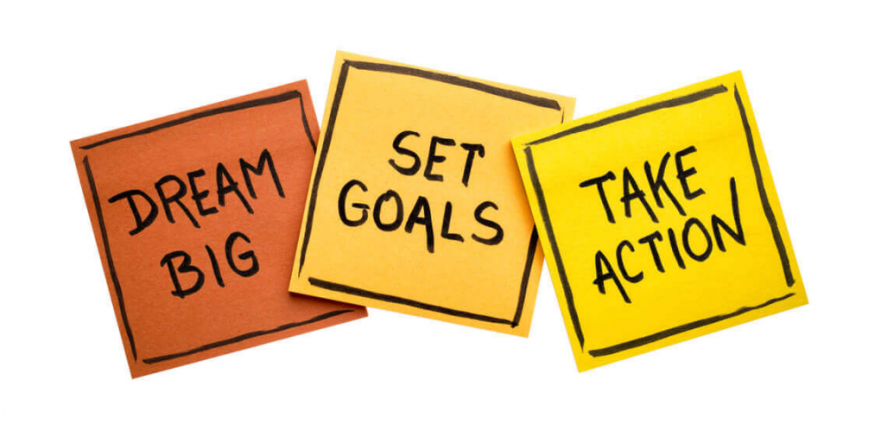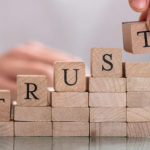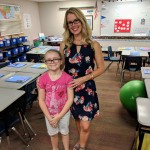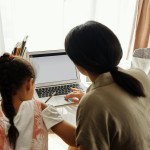“Great leaders don’t set out to be a leader…they set out to make a difference. It’s never about the role – always about the goal” – Lisa Haisha
This speaks to so many educators in the classroom today. We all want to make a difference. Ask any teacher why they became a teacher and somewhere in their answer will be something about wanting to make a difference. In order to make a difference, we need to be able to set goals. Each year we have to set goals; for our students, our school, and for ourselves.
In years past, we had to set SMART goals:
Specific
Measurable
Achievable
Relevant
Time Bound
This year we were introduced to a new type of goal. (Maybe not new to all, but new to some) PEERS goals:
Powerful
Easy
Emotionally compelling
Reachable
Student-focused
We then had to define each word in the PEERS goal and decide if the goals we are setting for ourselves and our students fall into these categories.
Powerful goals will have a socially significant impact on students. Will this goal have a real impact on students? Teachers may want to make a list of goals to begin with and see if they are indeed powerful.
Some of the words can be defined in different ways. At our table, we were discussing the term, easy. Some people define it as a goal that is easy to achieve, but the definition from Jim Knight (the creator of these goals) is that the goal is simple, not unnecessarily complex. It was a light bulb moment for me! Sometimes writing goals can be so wordy and long. Let’s make it easier for ourselves and our students to understand so those goals can be reachable.
Having an emotionally compelling goal was new to me. I guess we have all made goals and it was always in the back of our minds to have a goal that matters to teachers and students, but to have it at the forefront of our thoughts when creating goals takes a little bit of a paradigm shift for some teachers.
A reachable goal builds hope! When setting these goals, teachers need to have strategies in mind that can assist in achieving these goals.
Of course, we want all goals to be student-focused. This means that teachers need to be providing feedback to the students. The goals should always be focused on what the students need.
These PEERS goals will have a broad impact on our students. The beginning of the school year is typically when goals are set. We should ensure that they are Powerful, Easy, Emotionally compelling, Reachable, and Student-focused. I am looking forward to shifting my focus to PEERS goals. This year, at my school, we need to create a schoolwide goal, a class goal, and a professional goal. I am still working through and setting my goals right now. I just need to remind myself that if I want to make a difference I need to keep the goals in mind. What types of goals are you setting this year?
Image from roystonguest.com










Comments 1
Love this!